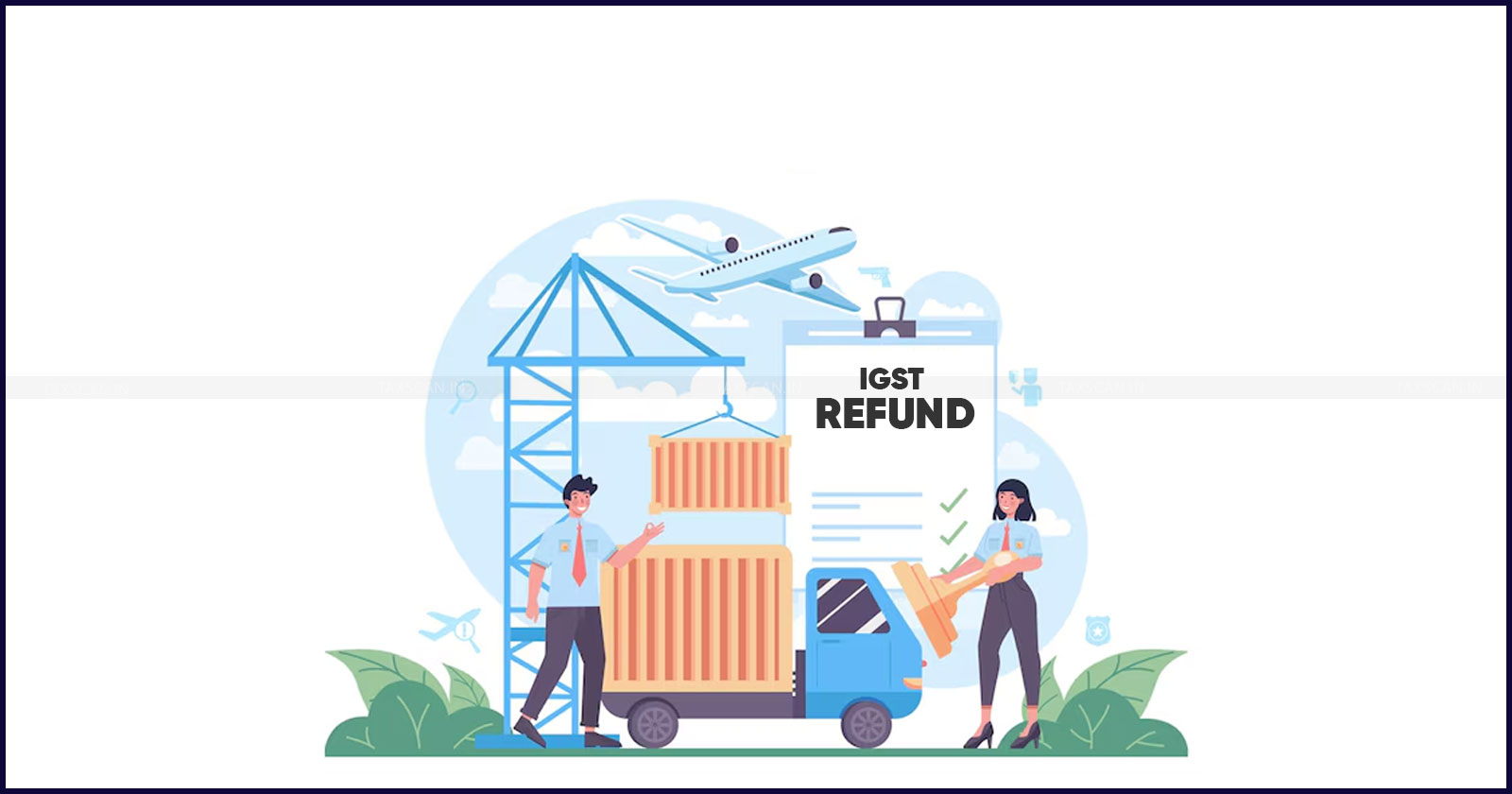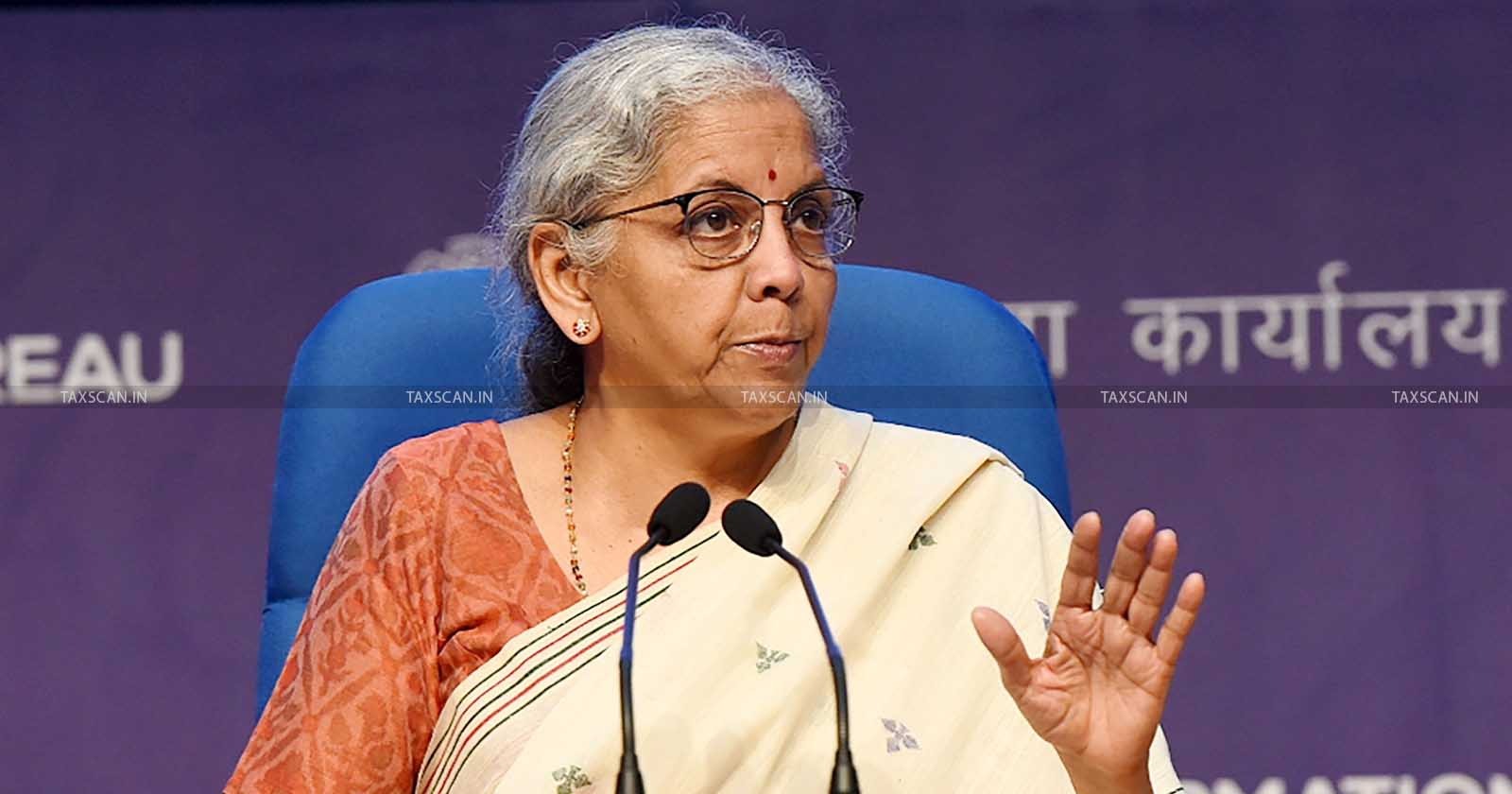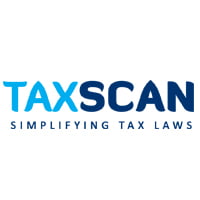All You Need to Know About GST and Income Tax On Professionals and Freelancers
Professionals in specified fields benefit from presumptive taxation under Section 44ADA, while exemptions for healthcare and educational services provide relief from GST

Freelancers and professionals in India operate in a dynamic tax environment governed by two systems: GST and Income Tax. GST is an indirect tax on the supply of services, requiring them to collect and remit tax to the government. Income Tax is a direct tax on net earnings after deductions.
Understanding these taxes is essential for legal compliance, avoiding penalties, and optimizing financial outcomes. This article explores their applicability, differences, and practical implications for both freelancers and professionals, including specific considerations for professionals in fields like legal, medical, and educational services.
 Also Read:Pension Account Attached for Income Tax Dues: Madras HC Allows Withdrawal Citing S.11 of TN Pension Act [Read Order]
Also Read:Pension Account Attached for Income Tax Dues: Madras HC Allows Withdrawal Citing S.11 of TN Pension Act [Read Order]
GST on Freelancers and Professionals
Goods and Services Tax (GST) which was introduced in 2017 replaced several indirect taxes like service tax and VAT and created a uniform tax structure across India. For freelancers and professionals, GST applies to the services they provide, with the following key aspects:
- Registration Thresholds
Freelancers and professionals must register for GST if their annual turnover exceeds ₹20 lakhs in general states or ₹10 lakhs in special category states, such as those in the North-East .
- Tax Rates
The GST rate for freelance and professional services is 18%, though rates can vary (e.g., 0%, 5%, 12%, or 28%) depending on the Service Accounting Code (SAC). For Instance consulting services typically attract 18% GST. However, certain professional services are exempt:
- Healthcare Services: Services by doctors and clinical establishments for diagnosis, treatment, or care are exempt .
- Educational Services: Services by government schools, non-profit institutions, and certain higher education institutions are exempt, though private coaching and vocational training may be taxed at 18% .
- Legal and Accounting Services: These are generally taxed at 18% .
- Compliance Requirements
Registered freelancers and professionals must issue GST-compliant invoices, including details like name, address, GST Identification Number (GSTIN), SAC, date, amount, and signature. They are required to file 25 returns annually, comprising two monthly returns and one annual return. Non-compliance to the requirements such as failing to file returns for six months, can lead to registration suspension and penalties .
- Input Tax Credit
Freelancers and professionals can claim input tax credit (ITC) on GST paid for business expenses, such as laptops, software subscriptions, or utilities. For instance, if they pay Rs. 90,000 GST on Rs. 5 lakhs of expenses, they can offset this against GST collected from clients, reducing their net liability .
- Composition Scheme
For those with turnover below ₹50 lakhs, the composition scheme offers a simplified tax option, charging 6% GST (3% CGST + 3% SGST) quarterly. However, they cannot claim ITC under this scheme.
- Special Cases
Services exported outside India are zero-rated, meaning no GST is charged, but freelancers and professionals can claim ITC by filing a Letter of Undertaking (LUT) and ensuring payments in foreign currency. Platforms like Upwork may charge 18% GST on fees unless a valid GSTIN is provided .
Recent updates in 2025 indicate streamlined GST registration processes by the Central Board of Indirect Taxes and Customs (CBIC), but no changes to thresholds or rates for freelancers and professionals were noted.
Income Tax on Freelancers and Professionals
Income Tax is levied on the income of freelancers and professionals under “Profits and Gains from Business or Profession.” Key details for FY 2025-26 include:
- Taxable Income Calculation
Freelancers and professionals calculate gross income from all receipts, verifiable through bank statements. Net taxable income is derived by subtracting allowable deductions, such as those under Section 80 (up to Rs. 1.5 lakh under Section 80C). Business expenses like rent, repairs, and depreciation are also deductible.
- Tax Slabs
The new tax regime for FY 2025-26, offers the following slabs :
| Income Range (Rs) | Tax Rate (%) |
| Up to 4,00,000 | 0 |
| 4,00,001 to 8,00,000 | 5 |
| 8,00,001 to 12,00,000 | 10 |
| 12,00,001 to 16,00,000 | 15 |
| 16,00,001 to 20,00,000 | 20 |
| 20,00,001 to 24,00,000 | 25 |
| Above 24,00,000 | 30 |
A standard deduction of Rs. 75,000 and a rebate under Section 87A (up to Rs. 12 lakh) can result in zero tax liability for incomes up to Rs. 12.75 lakh .
- Deductions and Expenses
Allowable expenses include rent, repairs, depreciation (e.g., 33.33% yearly on a ₹60,000 laptop), office supplies, internet, travel, and professional services. Dual-purpose expenses, like mobile bills, are deductible only for the professional portion. Disallowed expenses include income tax paid, penalties, and cash payments over Rs. 10,000.
 Also Read:Big Relief to Exporters: Gujarat HC Declares Omission of Rule 96(10) Retrospective, Orders Processing of Pending IGST Refund Claims [Read Order]
Also Read:Big Relief to Exporters: Gujarat HC Declares Omission of Rule 96(10) Retrospective, Orders Processing of Pending IGST Refund Claims [Read Order]
- Presumptive Taxation
Under Section 44ADA, professionals in specified fields like legal, medical, engineering, architectural, accountancy, technical consultancy, interior decoration, and other notified professions can opt for presumptive taxation if their gross receipts are up to Rs. 50 lakhs (or Rs. 75 lakhs if cash receipts are ≤5%). They declare 50% of gross receipts as income, simplifying bookkeeping and avoiding audits . Freelancers not in these specified professions may be treated as businesses under Section 44AD, with similar presumptive taxation benefits.
- Tax Deduction at Source
Clients may deduct 10% TDS on payments over Rs. 30,000 per transaction or annually if the freelancer or professional is audited and has receipts over Rs. 50 lakhs. Form 26AS helps to track TDS credits .
Comparative Analysis
GST and Income Tax differ significantly in their application to freelancers and professionals:
| Aspect | GST | Income Tax |
| Nature | Indirect, on service supply | Direct, on net income |
| Threshold | ₹20 lakhs turnover (general) | ₹4,00,000 income (new regime) |
| Rate | Generally 18%, exemptions for healthcare, education | 0-30%, progressive slabs |
| Compliance Frequency | Monthly/quarterly returns | Annual filing |
| Cash Flow Impact | Collect from clients, pay net | Paid from income, post-earning |
| Deductions | Input tax credit on expenses | Business expenses deductible |
GST affects pricing and cash flow due to its collection and remittance requirements, while Income Tax impacts take-home pay based on net earnings. GST paid on expenses does not directly affect Income Tax calculations, as expenses are deducted net of recoverable GST.
 Also Read:Challenge on Service Tax Exemption on Emergency fire services: Orissa HC Restore matter for re-adjudication based on Notification [Read Order]
Also Read:Challenge on Service Tax Exemption on Emergency fire services: Orissa HC Restore matter for re-adjudication based on Notification [Read Order]
Practical Tips
- Record Keeping: Use accounting software or hire a chartered accountant to maintain accurate records of income, expenses, and tax payments.
- Timely Filings: File GST returns and pay taxes promptly to avoid penalties. For Income Tax, adhere to advance tax and filing deadlines.
- Maximize Deductions: Claim ITC for GST and all eligible business expenses for Income Tax to reduce liabilities.
- Stay Updated: Monitor tax law changes, such as the 2025 updates to GST compliance and Income Tax slabs .
Common Mistakes to Avoid
- Late Registration: Failing to register for GST when turnover exceeds thresholds can incur penalties .
- Not Filing Nil Returns: Even with no transactions, filing nil GST returns is mandatory to avoid fines.
- Incorrect ITC Claims: Claiming ITC on personal expenses or mismatched invoices can lead to denials and audits.
- Inconsistent GST Filings: Mismatches between GSTR-1 and GSTR-3B can trigger scrutiny.
- Ignoring TDS: Failing to account for TDS deducted by clients can lead to errors in tax calculations.
Conclusion
Freelancers and professionals in India must navigate both GST and Income Tax to ensure compliance and optimize financial outcomes. GST, with its frequent filings and cash flow implications, contrasts with the annual, income-based nature of Income Tax.
Professionals in specified fields benefit from presumptive taxation under Section 44ADA, while exemptions for healthcare and educational services provide relief from GST. By understanding thresholds, rates, compliance requirements, and deductions, freelancers and professionals can manage their tax obligations effectively.
Support our journalism by subscribing to Taxscan premium. Follow us on Telegram for quick updates



